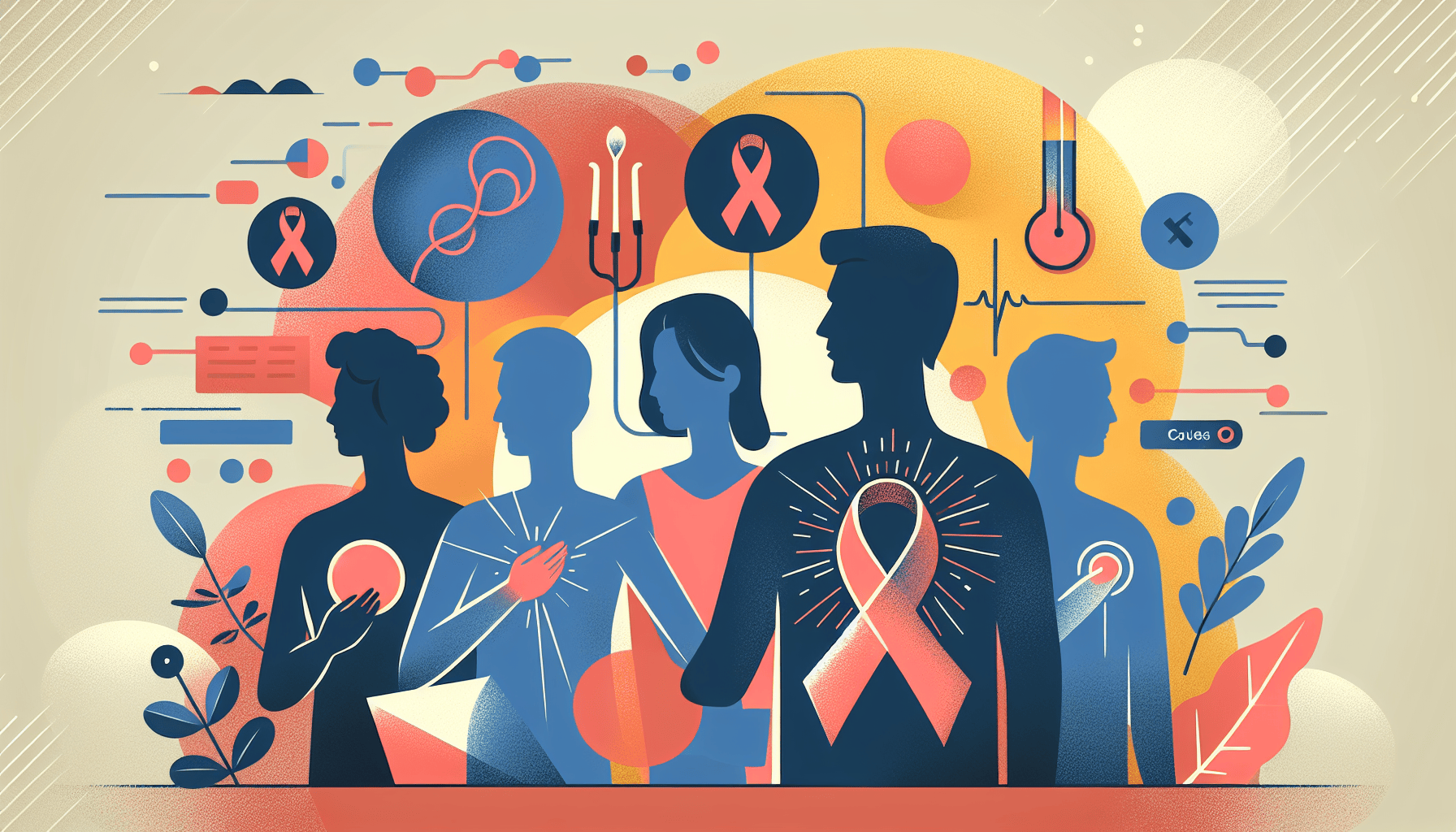Can I Take Zepbound a Day Early?
Key TakeawaysZepbound is a once-weekly injectable medication for weight management and obstructive sleep apnea (OSA) linked to obesity.Taking Zepbound a day early is [...]
Read More
Medically reviewed by Abhijit Bhattacharyya | MD, PhD, MBA, Tufts University School of Medicine - Miami, Florida on November 6th, 2023.
Lymphoma is a type of cancer that begins in the lymphocytes, which are infection-fighting cells white blood of the immune system. These cells are found in various parts of the body, including the lymph nodes, spleen, thymus, and bone marrow. When lymphoma develops, the lymphocytes grow out of control and change abnormally.
There are two main types of lymphoma:
Non-Hodgkin Lymphoma: This is the most common type of lymphoma, consisting of more than 60 types and arising in lymph nodes or organs like the stomach and brain.
Hodgkin Lymphoma: This type of lymphoma is less common and involves different types of lymphocyte cells, Reed-Sternberg cells (large lymphocytes). Hodgkin's lymphoma tends to arise in the chest, neck, or underarms and is more easily treated than non-Hodgkin lymphoma.
Each type of lymphoma grows at a different rate and responds differently to treatment. It's important to note that lymphoma is different from leukemia, which starts in blood-forming cells inside the bone marrow, and lymphedema, which is a collection of fluid in body tissues due to damage or blockage in the lymph system.
The exact causes of lymphoma are not known in most cases. However, certain factors may increase your risk of developing the disease, including:
Age (being over 60 for non-Hodgkin lymphoma or between 15-40 and over 55 for Hodgkin lymphoma)
Gender (being male, although certain subtypes may be more common in females)
Having a weak immune system due to HIV/AIDS, organ transplant, or a congenital immune disease
Having an immune system disease like rheumatoid arthritis, Sjogren's syndrome, lupus, or celiac disease
Infection with certain viruses such as Epstein-Barr, hepatitis C, or human T-cell leukemia/lymphoma (HTLV-1)
Family history of lymphoma
Exposure to benzene or chemicals used to kill bugs and weeds
Previous treatment for Hodgkin or non-Hodgkin lymphoma
Previous cancer treatment with radiation
The warning signs of lymphoma may include:
Painless swollen glands (lymph nodes) in the neck, armpit, or groin
Cough
Shortness of breath
Fever
Night sweats
Fatigue
Weight loss
Itching
It's important to note that many of these symptoms can also be warning signs of other illnesses. Consult your doctor for an accurate diagnosis.

To diagnose lymphoma, your doctor will begin with a physical exam, checking for swollen lymph nodes. They may also recommend a lymph node biopsy to check for cancer cells. Other tests that may help diagnose, stage, or manage lymphoma include:
Bone marrow aspiration or biopsy
Chest X-ray
MRI
PET scan
Molecular tests
Blood tests
The treatment for lymphoma depends on the type and stage of the disease. The main treatments for non-Hodgkin lymphoma include:
Chemotherapy
Radiation therapy
Immunotherapy
Targeted therapy
For Hodgkin lymphoma, the main treatments are:
Chemotherapy
Radiation therapy
Immunotherapy
If these treatments are not effective, a stem cell transplant may be considered. This involves high doses of chemotherapy followed by a transplant of stem cells to replace those destroyed during treatment.
Lymphoma treatment can cause side effects. Talk to your medical team about ways to manage any symptoms you experience. A healthy diet and gentle exercises like walking or swimming can help you feel better during treatment. Alternative therapies such as relaxation, biofeedback, or guided imagery may also provide relief.
Remember, treatments have improved significantly, and many people with lymphoma have a positive outcome. Your doctor will work with you to create a survivorship care plan based on your specific needs.
Connecting with others who have experienced lymphoma can provide valuable support. Organizations like the Leukemia & Lymphoma Society and the Lymphoma Research Foundation offer resources and support for patients and their families.
If you suspect you may have lymphoma, don't hesitate to consult your doctor. Early diagnosis and treatment can make a significant difference in your outcome and quality of life.
Key TakeawaysZepbound is a once-weekly injectable medication for weight management and obstructive sleep apnea (OSA) linked to obesity.Taking Zepbound a day early is [...]
Read MoreKey TakeawaysZepbound is an FDA-approved medication for chronic weight management in adults with obesity or overweight, and for moderate to severe obstructive sleep apnea [...]
Read MoreKey TakeawaysZepbound is a once-weekly injectable medication that supports weight loss by activating hormone pathways regulating appetite and digestion.After the first dose, [...]
Read More